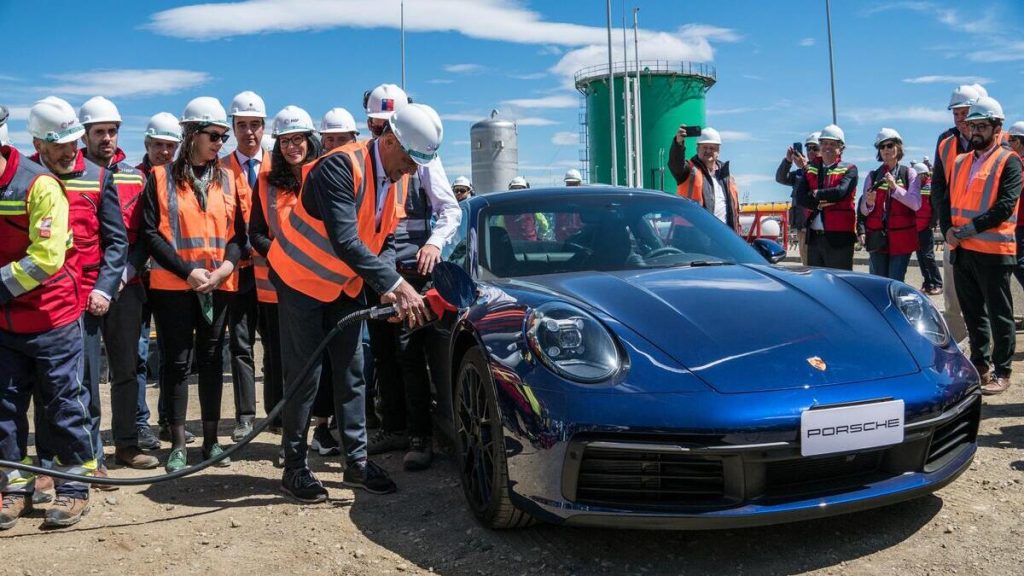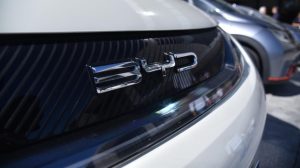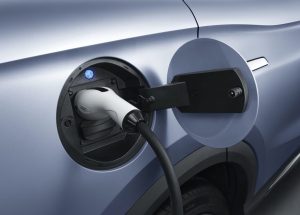Electric mobility is advancing at significant levels around the world, however, the boom is not occurring at the accelerated pace required to reduce carbon emissions and generate profitable business models for manufacturers.
Against this backdrop, Porsche is proposing the implementation of clean fuels while the energy transition takes place in the automotive industry.
The German manufacturer revealed during the Latam Mobility meetings in 2022 that ethanol could represent a key element to achieve more sustainable transportation.
Related content: Porsche Announces New 100% Electric Car
Technological Advances
Porsche has demonstrated that it is possible to create a clean fuel on an industrial scale with a renewable energy source and, as raw materials, water and air. With the right process, CO₂ is extracted from the atmosphere to produce synthetic gasoline, which means that combustion has no impact on the greenhouse effect.
Apart from the automotive industry, the brand considers that it will be difficult to replace combustion in sectors such as aviation or in specific uses, from backup generators in hospitals to pumps in fire trucks.
For that reason, Porsche is pursuing initiatives to develop the production of synthetic fuels or eFuels. In early 2022, the company invested $75 million in HIF Global LLC, a group of companies developing international projects to install synthetic fuel production plants.
Among these plans is the Haru Oni pilot plant in Punta Arenas, Chile, initiated by Porsche and implemented with Siemens Energy and ExxonMobil, among other partners.
Air and water
One of the two main elements in the process performed by the Haru Oni plant is air. To begin with, it takes advantage of the exceptional characteristics of its location as a source of wind energy.
The other essential element is water. The electricity generated by the turbine is used to produce green hydrogen through electrolysis using a proton exchange membrane (PEM) that separates the hydrogen and oxygen molecules it contains.
It is the reverse of a fuel cell, where the combination of hydrogen and oxygen produces electricity and water. The PEM is permeable to protons (H+) but hermetic to gases and electrons.
Porsche explains in a report that the next step involves the air: CO2 must be extracted from it. Direct air capture systems from Global Thermostats have ceramic monoliths that act as carbon dioxide sponges by means of chemical absorbers. The captured CO₂ is then collected using low-temperature steam (85-100°C). The result is 98 percent pure CO₂.
The synthetic fuel produced in this way can be used directly in a combustion engine or combined with that of fossil origin. The latter would facilitate its diffusion and would be an intermediate step. In any case, no major investment would be required to create a supply infrastructure with the existing one.
A Clean Future
Approximately, 70 % of all Porsche cars ever built are still in operation and will continue to run cleanly on this type of fuel, thus promoting electric mobility.
Oliver Blume, Chairman of the Executive Board of Porsche AG, sees eFuels as a complement to electric vehicles in the mobility of the future. He therefore considers it a mistake to ban technologies such as combustion engines if they can run on fuel that does not add CO2 to the atmosphere.




